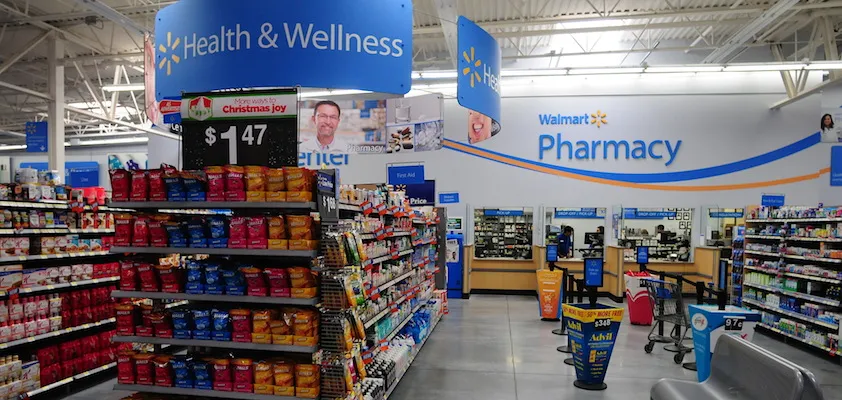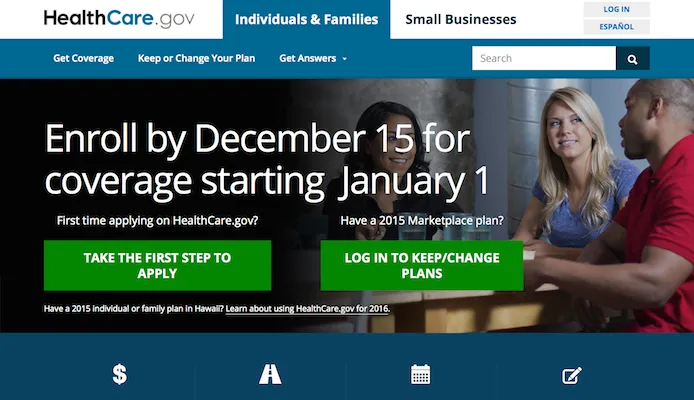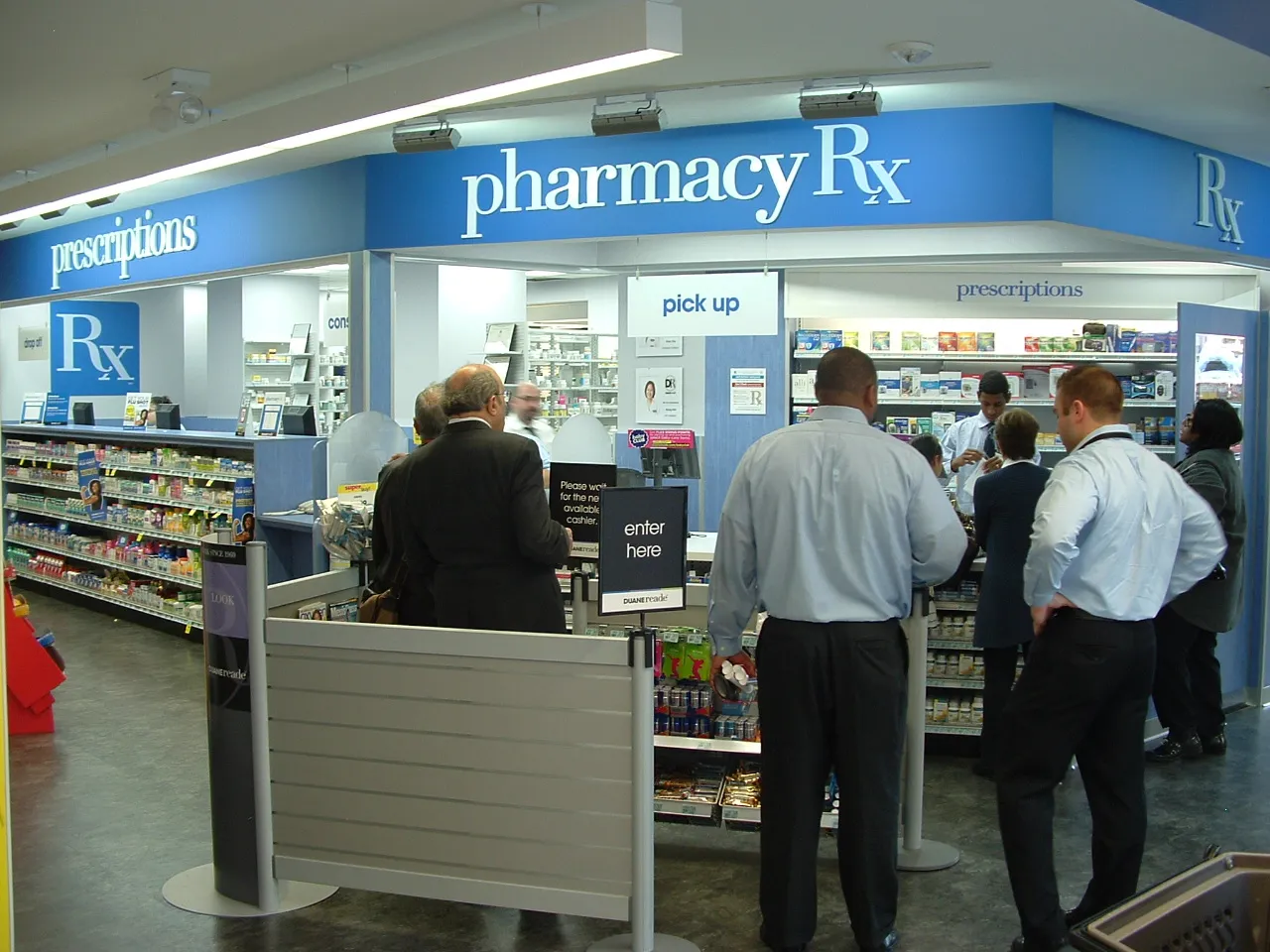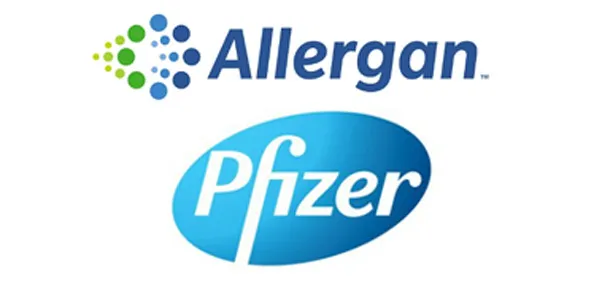Table of Contents
The concept cars unveiled at major auto shows always seem a bit “out there.” But by making a practice of radically rethinking their products, global car makers have learned to unleash their creativity and position themselves for the future.
Are chain drug stores doing the same? How much time and money does the industry spend envisioning radical, out-there, seemingly impractical prototype stores — metaphorical “concept cars” that could ultimately exert real, paradigm-shifting influence years or decades down the line?
When it comes to the already lagging front of the store in particular, the industry would do well to entertain the possibility of radical shifts that would amount to an overthrow of the current, convenience-oriented model.
What could replace that current model?
When they aren’t ordering stuff online, both baby boomers and Millennials are keenly interested in health and wellness — a trend that is likely to gather steam with time. Indeed, the definition of health and wellness is expanding to encompass an ever-wider circle of both products and services.
For example, people will continue to embrace the notion that food is medicine, and that community is essential to both health and well-being. For nationwide drug store chains, then, this all spells potential opportunity.
And so one strong possibility is a front of the store in which the focus is on curating a bigger message around health and wellness. Arguably, such a focus would be more on-brand and relevant, because drug stores are all about consumers taking better care of themselves.
From CVS Health boldly and bravely ditching cigarettes to Rite Aid launching its wellness ambassadors program, the industry has taken its first steps in this direction anyway.
What would a huge leap look like? If a national drug store chain were to launch a prototype that took health and wellness even more seriously, one approach would be to focus on four fundamentals: footfall (how to get more people in the front door), frequency (how to get them in the front door more often), relevance (selling things that matter to consumers) and brand consistency (offering on-brand products and services that are connected to a healthy lifestyle).
With respect to brand consistency, the Drug Store of the Future could offer products that reflect a more elevated consciousness. For example, candy and high-sugar drinks would play a less prominent role, and the store’s business plan would not include tempting shoppers with chocolate at every possible turn.
Signs already point to the growing numbers of consumers who are rejecting sugared drinks in favor of bottled water and other healthier options; the prototype store would have a deep selection of artisanal waters, unsweetened teas and the like.
The prototype would also place far less emphasis on the commoditized products — anything from Styrofoam coolers to lawn chairs to low-end electronics — that formerly gobbled up square footage at the front of the store. This type of merchandise has nothing to do with health and wellness. If it is already omnipresent at dollar stores, discounters, convenience stores and in other retail channels, how much more available will it be in the future?
And so the front of the store will no longer be reminiscent of Dollar Tree or a c-store. Instead, it will have polished wood floors and call to mind the supplements section at Whole Foods Market.
The pharmacy would still offer flu shots, but the preventive medicine clinic would do brisk business as well, in part because of revolutions that will make diagnostic tools and techniques cheaper and more portable.In fact, given all the research proving the health benefits of societal engagement, the prototype might even include a small community room, perhaps adjacent to the pharmacy/clinic. You could look through the oversize windows and see that an on-brand yoga class is in full swing. What’s on the schedule for tomorrow? Massage.
On the food front, it isn’t too hard to imagine a high counter that has a juice bar that offers customizable, kale-infused concoctions. Shoppers may also find a display at the front of the store that features organic, zero-sugar and antioxidant-rich pomegranate juice. It’s right next to the big display of anti-inflammatory turmeric supplements. Does the store have cashew nuts? Sure. But they’re dry-roasted and organic. You may even find a tilt table with some fresh organic produce from local farms.
Bear in mind that chain drug stores are already in the food business. Shifting into a higher orbit with more healthful offerings might be a stretch, but it is not beyond the realm of possibility. We are already seeing urban fresh format stores that are designed to combat food deserts.
Technology would be an integral part of the store as well. Say you’re a member of a rewards program. When the RFID scanner detects your phone, you could receive a text that gives you the option of downloading a free article on nutrition or on high-intensity fitness, or maybe a digital recording of a stress-reducing guided meditation. It would be the health and wellness equivalent of the free MP3 downloads that Starbucks offers to its loyalists.
The store’s exterior could also reflect the growing opinion that a healthier planet is a healthier you. That could mean lots of e-vehicle charging stations in the parking lot — all of them topped, of course, with solar panels — as well as rain barrels here and there outside and maybe even a rooftop garden and “living wall” covered in greenery.
Inside and out, the idea here is to shoot for a future in which consumers think of you first whenever they contemplate anything related to health and wellness. After all, that is your niche. So that might mean a product offering that includes things that might seem unthinkably impractical today such as organic cotton yoga pants or expensive fitness-tracking gizmos from the Quantified Self movement.
Today, drug stores are full of merchandise that dilutes or even harms their brands, which is precisely why CVS Health kicked tobacco to the curb. And yet drug stores have just as much of a brand to uphold as all of the brands they carry.
If American society becomes increasingly focused on health and wellness, as it appears likely to do, then why not try to bring about a future in which consumers strongly associate national drug stores with their health and wellness needs? Why cede this territory to the likes of Whole Foods, which could never achieve the geographic market penetration of a CVS or Walgreens?
Far-out prototypes rarely go to market as is, but they can and do lead to new ideas and incremental changes that, over time, translate into competitive advantages for chain drug retailers in the real world. The industry has already identified a need to reinvigorate the front of the store and carve out a stronger identity for itself in a world of both channel blurring and commoditization. Pushing prototypes past what might seem possible or practical is one way to shift that quest into overdrive.
Joseph Bona is president of branded environments for CBX (www.cbx.com), the brand agency and retail design consultancy. He can be contacted at joseph@cbx.com.









